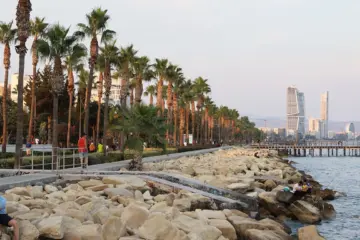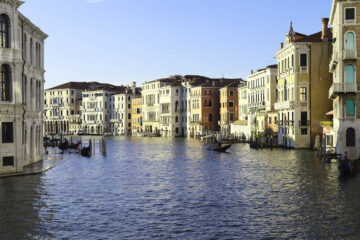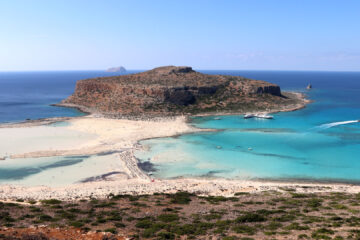Krakow. Probably one of the most beautiful cities in Poland. Here you will find culinary specialties, an exciting city history and lots of greenery all around.
Our journey begins in the historic center. There are magnificent buildings here that fortunately were not destroyed in the Second World War. The Rynek Glowny, or Main Market Square, is one of the largest medieval market squares in Europe. The square is really very lively - and forms the center of Krakow. The cloth halls directly on the square are an old trading place for fabrics. Today there are more souvenirs for tourists than tradition, but you are sure to find what you are looking for and can pick up a little something for your family and friends back home. Wawel Castle nearby is where Polish kings were once crowned. The residence is on the Unesco World Heritage List.
Our next stop is Kazimierz, about 20 minutes' walk away. It is the Jewish quarter of Krakow with many cemeteries and synagogues. There is another special sight nearby. Have you seen the movie "Schindler's List"? It tells the story of Krakow's Jews during the Third Reich and was filmed in Krakow in 1993. The German industrialist Oskar Schindler saved more than 1,000 Jewish forced laborers from being murdered in concentration camps during the Second World War. A memorial nearby with 68 chairs commemorates the 68,000 Jews who lived here in Krakow at the time - today the district is home to many trendy stores.
The next day we take the bus to Wieliczka, the twin town of Bergkamen, where Cengiz comes from. It is home to one of the oldest and most famous salt mines in the world. There are guided tours in many languages, including German. You should be a bit fit, as there are more than 800 steps to climb. The tour takes almost three hours. It is an underground masterpiece that has even made it onto the Unesco World Heritage List.
On the last day of our trip, we travel to a place of inhumanity. The Auschwitz-Birkenau concentration camp. At least 1.1 million people died here. At the memorial, these numbers become faces. The empty gas containers, shoes and hair of the dead are displayed here. It is a difficult walk around the site, especially in the crematorium, but you learn an incredible amount about the dark past between 1933 and 1945. Better than any history book. We think it was a difficult but right decision to go to Auschwitz when visiting Krakow.
- Travel period: 4 days
- Best time to travel: May to October
- Main dish: 15 €


